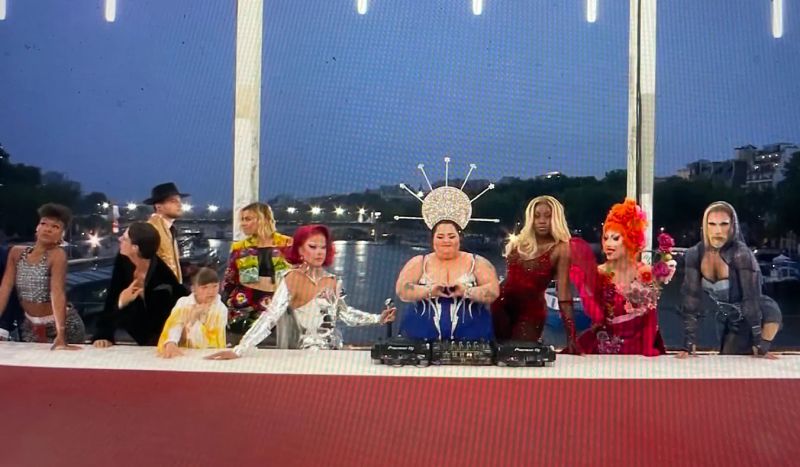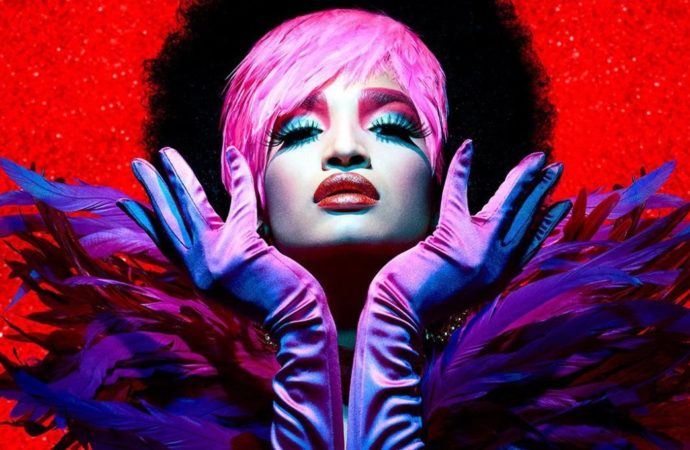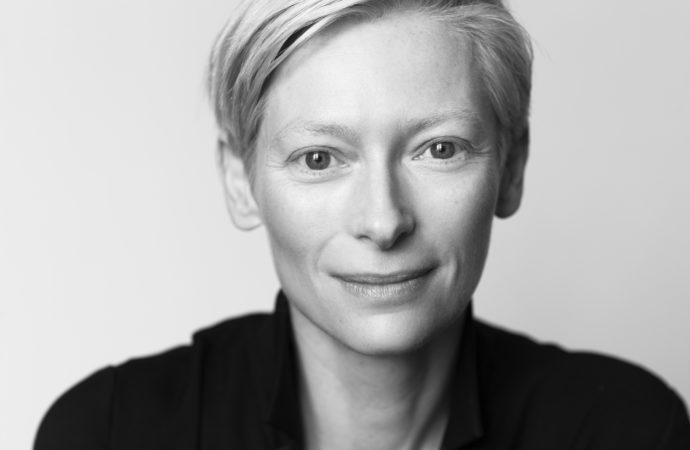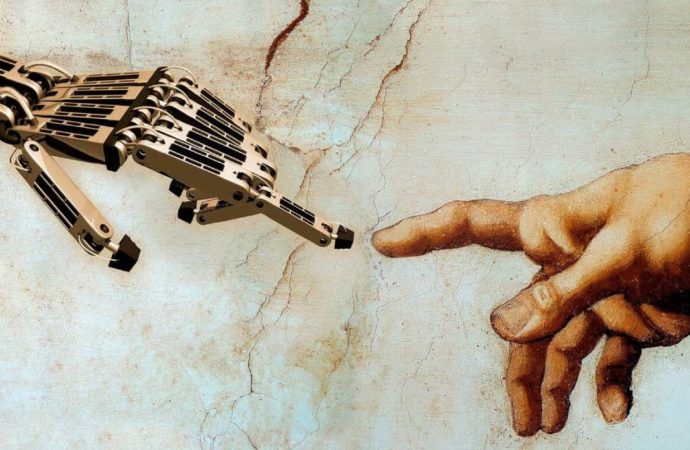Since taking office as US president on 20 January, Donald Trump has been developing a harsh policy restricting the rights of LGTBIQ+ people, especially the transgender community. In recent months, he has signed four government orders to prevent gender recognition on federal documents, the participation of trans women and girls in sports competitions, and access to hormone treatment for children under 19. These cuts are in addition to the more than 500 legislative initiatives targeting the LGTBIQ+ community that are currently in effect in the various federal states, according to The American Civil Liberties Union (ACLU).
For Amnesty International, this policy is not only attributable to President Trump. Still, it is part of a global anti-human rights agenda that has been taking shape in recent years to control people’s bodies and lives. Here we should add the new limitations on abortion in some countries, including the US, or the restrictions on transgender laws in others. The aim is to take away the rights of the most marginalised populations and to make the right to privacy disappear. A global phenomenon that, with the presence of the extreme right in many European parliaments, has increased xenophobia, machismo, misogyny, homophobia, and transphobia in our society.
Trans and gender-diverse people are particularly vulnerable to human rights violations. They have suffered and, in many cases, still suffer high levels of violence and discrimination, especially if they are people of colour, ethnic minorities, migrants, sex workers, or people living with HIV. Mental health diagnoses have been used for years to pathologise diversity and identity, influencing political agendas, legislation, and public opinion. Although in 2019, the World Health Assembly excluded trans people from the International Classification of Diseases, many countries have not yet depathologised their legal systems and, given the circumstances, will take time to do so, if at all.

Anti-trans policies deny the dignity of the person and violate the Universal Declaration of Human Rights. To be transphobic is to settle in a comfort zone where the mirror only reflects the image of oneself as a result of a patriarchal, colonialist, slave-owning, sexist society that exercises a monopoly on the use of the techniques of violence. But not everyone is like that, fortunately.
These days, I have been revisiting some chapters of the POSE series. It has been gratifying to watch them again, not only to become aware of what it has cost the trans and LGTBIQ+ communities to gain rights and how little it takes to take them away, but also to see how enriching their cultural contribution has been.
Today, trans cinema is a sub-genre in its own right within LGTBIQ+ cinema, but this has not always been the case. Although non-normative identities found in burlesque and alternative culture spaces to express themselves freely, the trans presence was practically non-existent until the arrival of the underground and the new currents of European and auteur cinema that took up the demands of the Stonewall revolt and the incipient LGTBIQ+ movement. Although transvestite characters or trans exceptions had appeared, such as Glen or Glenda (Ed Wood, 1953), the presence of non-caricatured transsexuals did not appear until 1970 in films such as Women in Revolt (Paul Morrisey, 1971), produced by Andy Warhol, and In a Year with Thirteen Moons (R.W. Fassbinder, 1978).
With the decriminalisation of homosexuality in many countries and the gay empowerment of the 1990s, the New Queer Cinema emerged, although it would take another decade for transgender identities to appear normally and almost two decades, until Tangerine (Sean Baker, 2015), for transgender people to interpret themselves. From the 1990s onwards, films such as The Crying Game (Neil Jordan, 1992), The Adventures of Priscilla, Queen of the Desert (Stephan Elliott, 1994), To Wong Foo, Thanks for Everything, Julie Newmar (Beeban Kidron, 1995), My Life in Pink (Alain Berliner, 1997), Pink Flamingos (John Waters, 1998), Boys Don’t Cry (Kimberley Pierce, 1999), All About My Mother (Pedro Almodóvar, 1999), Hedwig and the Angry Inch (John Cameron Mitchell, 2001), XXY (Lucía Puenzo, 2008), Tomboy (Céline Sciamma, 2011), Girl (Lukas Dhont, 2018), Finlandia (Horacio Alcalá, 2021), 20.000 Species of Bees (Estibaliz Urresola Solaguren, 2023) and Emilia Pérez (Jacques Audiard, 2024).
From 2010 onwards, series starring transgender people started to become commonplace with titles such as Shameless (John Wells, 2011), Euphoria (Sam Levinson, 2019), Rurangi (Max Currie, 2020), Veneno (Javier Ambrossi and Javier Calvo, 2020) and POSE, the series that concerns us here.
Considered since its premiere in 2018 as a cult object for the international LGTBIQ+ community, POSE was created by Ryan Murphy, Brad Falchuk and Steven Canals and produced by Murphy himself in the middle of the Obama era, winning numerous awards and nominations, including the Golden Globe for Best Television Series – Drama and the Golden Globe and Primetime Emmy Award, both for Best Actor in a Drama Series, which went to Billy Porter, who became the first black gay actor to win an Emmy in this category.
Set against the backdrop of New York ballroom culture in the 1990s, the series tells the story of Damon, a young gay dancer from Pittsburgh disowned by his family, who finds his own identity, his own racialisation, and his own family in the balls.
POSE is not an isolated example. The balls and the subculture they generated had already appeared in Paris Is Burning, a canonical documentary directed by Jennie Livingston in 1990. This film investigates and reflects on some of the balls organised between 1987 and 1989 in New York, during George H. W. Bush‘s presidential term. The film takes its title from the competition led by Paris Dupree in which the participating houses appropriated the designs of the great haute couture brands in order to compete. An iconoclastic action and a powerful metaphor for the sublimation and social aspiration of the marginalised classes. The phrase Paris is burning takes us back to the Second World War, when in 1944, Hitler ordered Dietrich von Choltitz to destroy all the monuments of the capital of the Seine, something that fortunately never happened.
Ball culture or ballroom, of great significance for queer and trans-racialised communities in the USA, is a subculture -clandestine in its origins- created by African-American and Latina drag queens and other sexual and gender dissidents who organised their own dance and beauty contests (balls) with a great diversity of categories -from schoolgirl or executive to sophisticated drag- to show their own identities and avoid the exclusion to which they were subjected in other white contests. Its origins can be traced to masked balls and clandestine drag shows – laws prohibited, and still prohibit in some countries, the wearing of clothes of another sex – and to the drag competitions in Las Vegas during the 1960s in which black and Latino people were banned from participating. Because of this exclusion, some racialised members of the LGTBIQ+ community in New York began to hold private meetings to read Vogue magazine —hence the term voguing— one of the modes of competition in the balls, in which participants mimic the poses of the models and express their sexual orientation and gender identity freely and without discrimination, making mannerism an element of empowerment and political action.
The first known public voguing was organised in Harlem by African-American drag performer Crystal LaBeija in 1972. This event, together with the Stonewall riots of 1969, was a milestone for the demands of the racialised communities of the LGTBIQ+ movement in the USA. LaBeijia, a true icon of the struggle against discrimination in queer culture, was the founder in 1977 of the Royal House of LaBeija, the first house of the ballroom culture house system that shelters homeless LGTBIQ+ young people expelled from the system. At the head of these houses, authentic physical and emotional spaces, are drags, gays and black and Latina trans women, people generally linked to the balls, who act as mothers of these children and siblings to whom they give social and economic support, and even a family identity by providing them with a surname – that of the house – in the competitions.
Since its origins, Ball culture has been classified by eras or five-year periods related to its cultural, choreographic, aesthetic, or social evolution. Each era corresponds to a colour. We are currently in the Purple Era, which began in 2022.
Ball culture also has its narratives, diction, and rhetoric that have influenced many aspects of American urban popular culture. In verbal language, neologisms such as drag mother, drag house, reading, and shade have appeared, especially in English, the latter two words used as insults in spilling tea or gossip during competitions. We also find terms that come from LGTGBIQ+ slang, from vulgar language -cunt and pussy-, from the world of fashion and television. Non-verbal language also has its postural code when it comes to parading.
Music is a fundamental element in these competitions. It has evolved from black music, R&B, and disco to rap. Highly rhythmic and frenetic music is mixed in with the commentary of the entertainers. Ellis D‘s Work This Pussy and Kevin Aviance‘s Cunty are two classic tracks. Nowadays, the contests are being taken over by DJs with new forms of house and electronic dance music. The phenomenon has also given rise to queer hip hop singers with Cakes da Killa.
The ballroom culture cannot be separated from the hip hop culture that emerged from the vindictive block parties that were organised in the Bronx and Harlem neighbourhoods at the end of the 70s. We can affirm that hip hop, with its b-boys, breakers, and MCs, has a parallel development to the balls. Both marginal cultures, with their characteristics, form part of the same vindictive and racialised story, which also includes Street Art, which was born in the same years in New York, when a series of teenagers, mostly African Americans and racialised Latinos, began to write their names and vindictive phrases on the walls of the buildings in their neighbourhoods and which, in some cases, gave rise to the writers, so significant in hip hop, who even painted train carriages, buses and lorries. All these cultural movements emerged after the Vietnam War and reached their zenith during Ronald Reagan’s presidency, intending to protest against his social, economic, and military policies. These cultural movements contrasted concepts such as outsider and insider, inside and outside, centre and periphery, integrated and marginal, which have not been given the required importance in cultural studies. A multi-layered phenomenon that reached Europe through the peripheral neighbourhoods of large cities with pockets of migrant populations, such as the Parisian banlieues.

Little by little, ballroom culture has been aestheticised with the consequent loss of content, although it maintains racialised aspects and a strong political charge. It is worth comparing Paris Is Burning, made in 1990, with POSE (2018) to see how this cultural and vindictive phenomenon has been trivialised over time. Nevertheless, trans and LGTBIQ+ culture continues to raise blisters and generate controversy. Let’s not forget the media uproar that took place at the last Olympic Games in Paris over the choice of the drag queen Miss Martini as one of the Olympic torchbearers or the performance entitled The Last Supper that featured the well-known singer Philippe Katerine and the DJ Barbara Butch, setting the social networks on fire. Controversies that, with homophobic and transphobic policies running rampant halfway around the world, are influencing public opinion and are beginning to be worrying because of the threat they pose to the loss of the LGTBIQ+ and trans rights that have cost so much to achieve. Storm warning to democrat sailors.








No one has posted any comments yet. Be the first person!